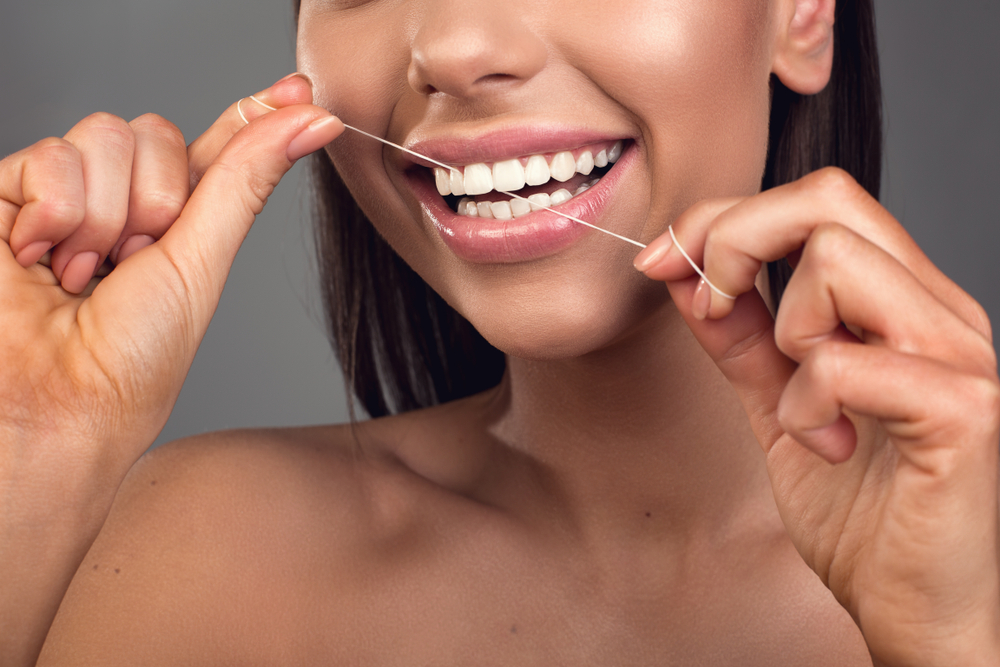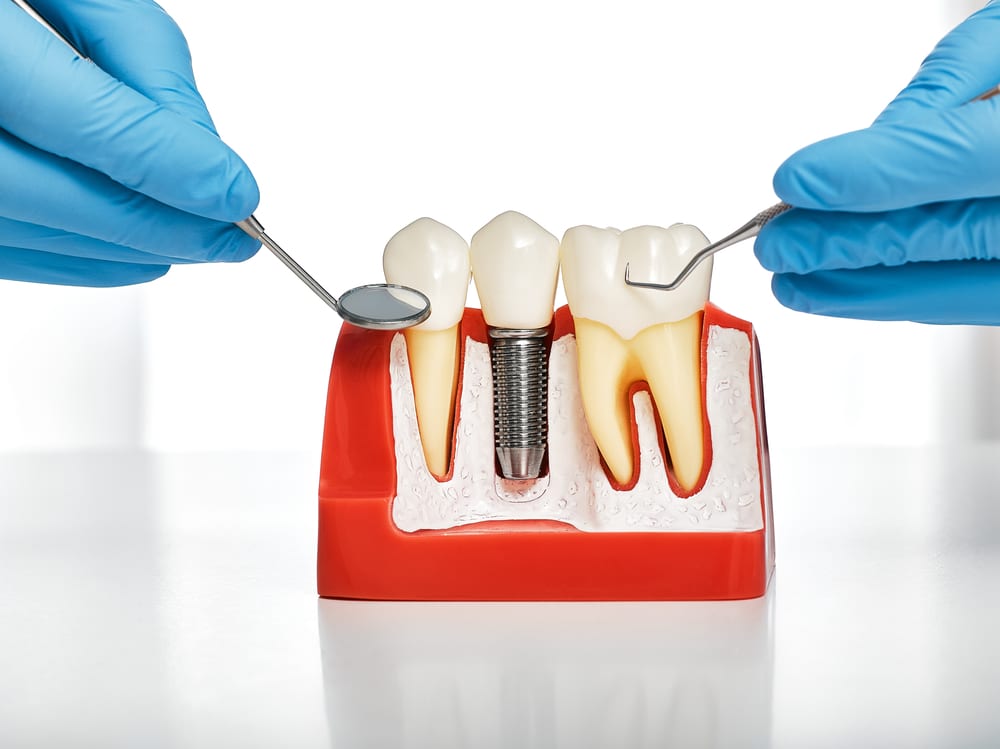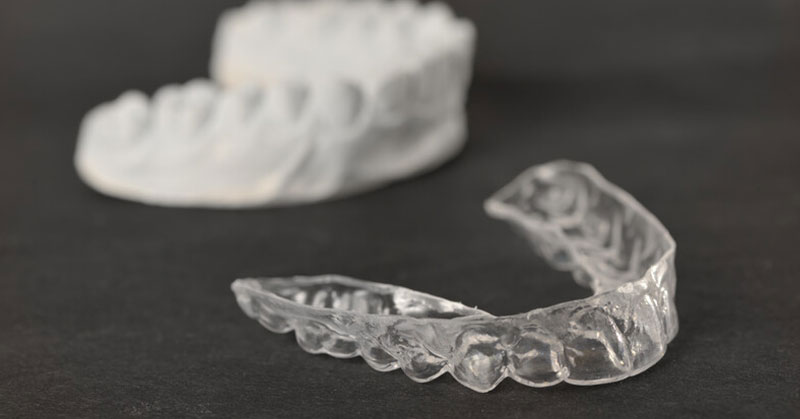Maintaining oral health is essential for several reasons, the most prominent being that it helps keep your teeth healthy and free from cavities. But did you know that seeing a dentist regularly can also help protect your overall health?
To Prevent Cavities
One of the most important reasons to see a dentist is to prevent cavities. Cavities are caused by tooth decay, which occurs when plaque builds up on the teeth and breaks down the enamel. If cavities are not treated, they can cause pain, infection, and eventually tooth loss. Another reason to see a dentist is for professional teeth cleaning. Over time, plaque can harden into tartar, which is much more difficult to remove. Professional teeth cleanings can remove tartar and help prevent gum disease.
Gum disease is another important reason to see a dentist. Gum disease is caused by the buildup of plaque and tartar on the teeth. Gum disease can lead to tooth loss and other serious health problems if left untreated. Finally, seeing a dentist regularly can help you catch problems early. For example, if you have a cavity, the sooner it is treated, the less damage it will do to your tooth. Similarly, if you have gum disease, the sooner it is treated.
To Prevent Gum Disease
Another reason to see a dentist is to prevent gum disease. Gum disease is an infection of the gums that can lead to tooth loss and other serious health problems. Gum disease is caused by plaque buildup and can be prevented with regular dental cleanings.
Regular dental cleanings are essential for preventing gum disease, but they are also crucial for maintaining your oral health in general. A good dentist can detect early signs of tooth decay and other problems. They can also advise you on how to keep your mouth healthy. If you think you may have a problem with your teeth or gums, it is essential to see a dentist as soon as possible. Early detection and treatment can save you from more severe problems down the road.
To Detect Oral Cancer Early
Oral cancer is another serious health problem detected early by a dentist. Oral cancer can occur on the lips, tongue, throat, or gums and can be deadly if not caught early. A dentist will perform a visual examination of the mouth during a routine checkup and look for any signs of oral cancer. A biopsy will be committed to confirm the diagnosis if oral cancer is suspected. Treatment for oral cancer may include surgery, radiation therapy, or chemotherapy.
If you have any symptoms of oral cancer, such as a sore on the lip or tongue that doesn’t heal or a sore in the mouth, jaw, or throat, difficulty swallowing, or a lump in the neck, be sure to see your dentist as soon as possible. Early detection is key to the successful treatment of oral cancer. In addition to regular dental checkups, there are other things you can do to reduce your risk of oral cancer. Quitting smoking is one of the most important things you can do to reduce your risk of oral cancer and other cancers. Eating a healthy diet and avoiding excessive sun exposure can also help reduce your risk.
To Maintain Overall Health
Seeing a dentist regularly can also help to maintain overall health. This is because oral health is connected to overall health; poor oral health has been linked to numerous chronic diseases, such as heart disease and diabetes. Therefore, by maintaining good oral health, you can also help to maintain good overall health.
In addition to regular dental visits, there are several things that you can do at home to help maintain good oral health. These include brushing and flossing regularly, eating a healthy diet, and avoiding tobacco use. These steps can help keep your mouth healthy and reduce your risk of developing oral health problems.
To Save Money in the Long Run
Seeing a dentist regularly can also save money in the long run. This is because dental problems that are not treated early can become more severe and more expensive to treat later on down the road. Therefore, it is always cheaper to prevent dental problems than to treat them once they have already developed.
To keep your teeth and gums healthy, it is essential to brush and floss daily. Brushing removes plaque, a sticky film of bacteria that can build up on teeth and cause cavities. Flossing helps to remove plaque in hard-to-reach places where a toothbrush alone cannot reach. In addition to brushing and flossing, eating a balanced diet and avoiding sugary snacks and drinks is essential. If you have concerns about oral health, visit your dentist for a checkup. During your checkup, your dentist will examine your mouth for signs of tooth decay or other problems. They will also take X-rays to examine your teeth and gums closely. Once your dentist has diagnosed any issues, they will develop a treatment plan to help you get your oral health back on track.
To Improve Self-Confidence
Finally, seeing a dentist regularly can also improve self-confidence. This is because having healthy teeth and gums can make someone feel more confident about their smile. Straightening teeth with braces or other orthodontic treatments can also boost self-confidence. Ultimately, taking care of one’s teeth one’s mouth can lead to improved self-esteem and a more positive outlook on life.
While there are many benefits to seeing a dentist, these are just a few of the most noteworthy. Regular dental visits can help improve oral health, prevent tooth decay and gum disease, and boost self-confidence. So be sure to schedule an appointment with your dentist soon!
Conclusion
Welcome to Family Dental of Teravista! We are a full-service dental office providing comprehensive care for patients of all ages. Our experienced dentists and staff are committed to providing the highest quality of care possible. We offer a wide range of services, from routine cleanings and exams to more complex procedures such as root canals and dental implants. We use the latest technology and equipment to ensure that our patients receive the best care possible.






















